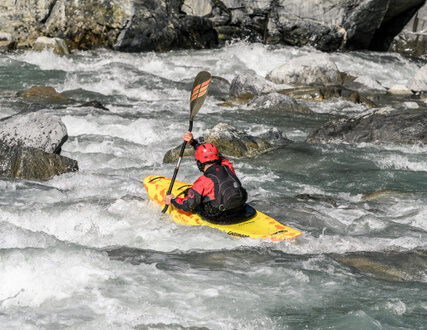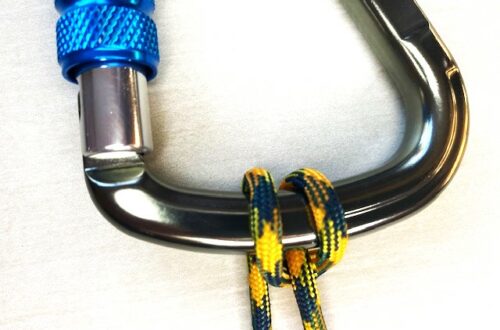Practical Knife Blade Types: What they are Ideally Suited For
Understanding the various types of knife blades can help you choose the right one for your needs. Each blade type is designed for specific tasks, offering unique advantages and performance characteristics. Here is a brief overview of some common knife blade types and what they are best suited for.
Drop-point : This is a versatile blade type that has a curved edge and a slightly sloped spine; good compromise between strength and utility. Good for hunting, camping and general purpose cutting.
Sheepsfoot / Wharncliffe; These blade types that have a straight edge and spine that curves down to meet at the tip, no-nonsense utility knife, cutting, slicing, whittling & ideal to cut rope.
Lambsfoot : popular with farmers, amongst its many uses is the trimming of lambs’ hooves!
Clip-point : This is a blade type that has a curved edge and a spine that curves down to form a sharp tip good piercing, also for more delicate and precision work
Straight Back : This is a blade type that has a straight edge and a straight spine. sturdy, ideal for shaving, cutting and chopping
Tanto Blade : This is a blade type that has a straight edge and an angled tip. strong, handy for stabbing , push cuts and piercing
Gut Hook : This is a blade type that has a notch or hook on the spine near the tip. Good for skinning and field dressing wild game
Trailing-Point : This is a blade type that has a long, curved edge and a spine that curves upward at the tip. Good for filleting, slicing, skinning and camp food prepping.
Hawksbill; This is a blade type that has a concave edge and a hooked tip. Good for cutting rope, carpet, materials that require a pulling cut motion.
Serrated Edge: This is a blade type that has sharpened grooves and ridges along the edge. Good for cutting rope, leather tough fibrous material & in the kitchen Bread!
Scalloped Edge: This is a blade type that has hollow dimples along the edge. Very handy for cutting sticky or wet materials – tomatoes, fish or cheese etc…
The fixed blades are robust, reliable and easy to maintain; they need to be when used on tough camping / woodsman tasks. Ready to hand, in a survival situation.
*Be aware, in the UK, a fixed blade that is longer than 3inches/7.62cm is illegal for carry in a public place , this includes locking folding knives….




